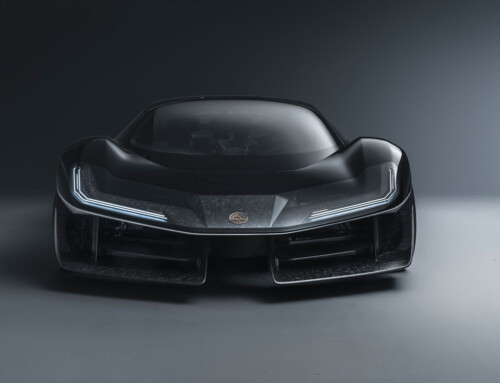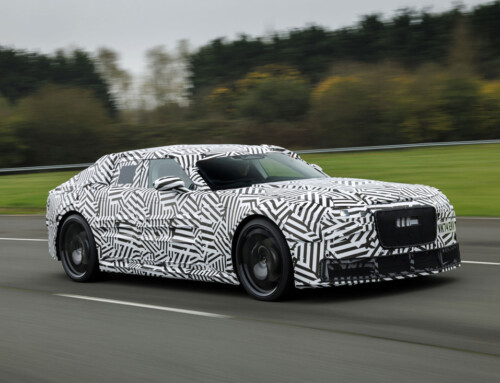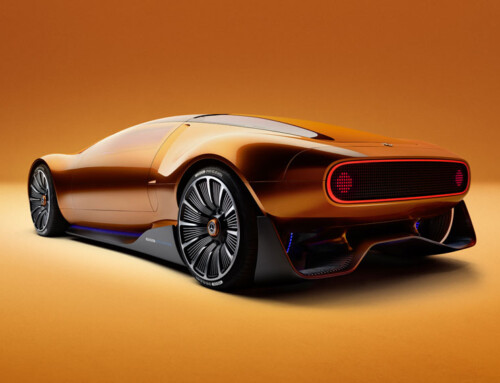

But the Smart is not content to be the child of its parents. Its ambitions range from design to town planning (smart can also mean quick-witted and impertinent) and in fact the car represents a real attempt to rethink the relationship of car to urban area. One may object that the theme is hardly a new one, given that there are plenty of town cars around.
But, unlike traditional urban cars, the Smart stems from a highly innovative concrete approach. The townscape must no longer adapt to the car with flyovers, ring roads and car parks. On the contrary, the car has to adapt to the town.
So, at the threshold of the new millennium, we have arrived at the outer limits of environmental respect, now extending from air quality to the quality of life in the broadest of senses (think of the historic centres, suffocated by traffic, of so many of Europe’s cities of culture), with an upbeat but at the same time minimalist car.
A car that, much more than a means of transportation, is a declaration of love for the city. Aesthetically, the Smart bears close resemblance to the Mercedes A-class, virtually presenting itself as its little sister.
Not just because of the monovolume styling treatment, but in particular because of certain structural choices.
Take the cabin for example, mounted on a ‘sandwich’ structure (engine and mechanicals below, passengers above), benefiting safety (in the event of frontal impact the engine ‘slips’ beneath the floorpan and does not enter the cabin) and in particular on-board available space. A propos safety, the Smart has passed the same tests as the Mercedes C-class and satisfies all the standards dictated by European legislation.
The cabin is very luminous thanks to the transparent canopy, offering two seats plus a 200-litre boot that transforms into a 600-litre cargo bay with the passenger seat folded.
The trim presents fresh fabrics to match very original coloured plastics, in best Swatch tradition. Standard equipment is complete: driver and passenger airbags, ABS, electric windows, anti-theft device with engine immobiliser and six-speed automatic or sequential gearbox.
The only option is air-conditioning. Cabin and bodywork customising kits are also available, so it will always be possible to change the car’s colours and appearance.
There are three engines, all turbocharged three-cylinder units with 55 bhp: one petrol (650 cc), one direct-injection turbodiesel (1000 cc) and a hybrid diesel-electric (expected for 1999). In the near future we shall be returning to look in detail at the Smart, which will be presented to the public at the Frankfurt motor show and go on sale in spring 1998.
L’articolo continua su Auto & Design n. 104










